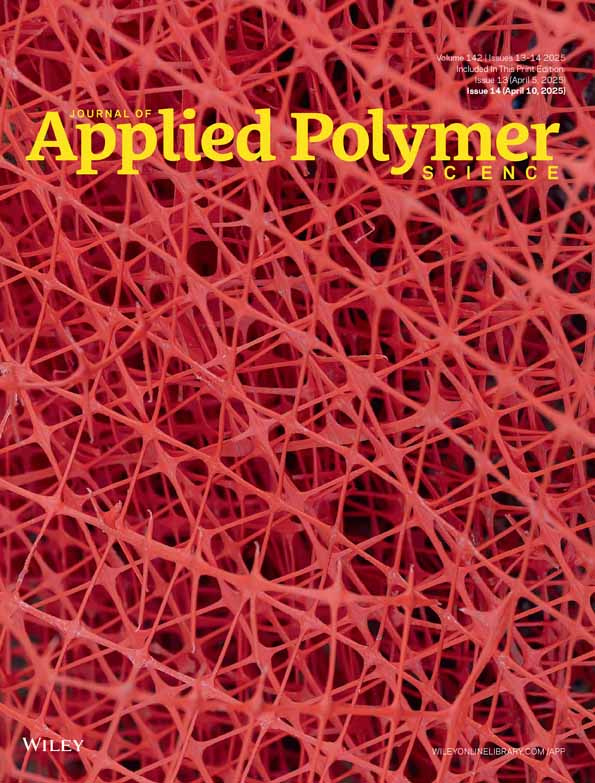Ballistic Penetration Behavior of a Novel Tissue Analogs Paraffin Target: Experiment, Simulation, and Theory
Funding: This work was supported by the National Natural Science Foundation of China https://doi.org/10.13039/501100001809 (12302464, 12202087), Fundamental Research Funds for the Central Universities https://doi.org/10.13039/501100012226 (02410052020029), and Science and Technology Research Program of Chongqing Municipal Education Commission (KJQN202300725).
ABSTRACT
The tissue analog targets (TATs) are widely used in biodamage and weapon damage effectiveness evaluation research. Given the issues of commonly used TATs, such as the low plasticity of gelatin and the environmental pollution caused by the fabrication of soap, this paper innovatively proposes to use paraffin as the raw material for making TATs. Firstly, the paraffin target samples are prepared by melt casting process, and the quasi-static mechanical properties, antibullet properties, and corresponding ballistic characteristics of paraffin targets are obtained by MTS quasi-static test and 7.62 mm ballistic gun test, respectively. Then, LS-DYNA is utilized to construct the finite-element (FE) model of fragment penetration on a ballistic paraffin target. After validating the FE model with ballistic gun test data, we systematically simulate the ballistic penetration behavior of fragments with different materials, shapes, and geometries on ballistic paraffin targets, and reveal the relationship between the depth of penetration of the ballistic paraffin target and the impact velocity of various fragments. Based on the classic penetration resistance theory, a theoretical model for predicting the depth of penetration on ballistic paraffin targets has been established, and the quantitative expressions for the fragment shape and material parameters in the proposed model are given by considering both data of the ballistic gun test and the FE simulation. This work can provide novel ideas and methods for the development and upgrading of TATs.
Conflicts of Interest
The authors declare no conflicts of interest.
Open Research
Data Availability Statement
The data that support the findings of this study are available from the corresponding author upon reasonable request.




